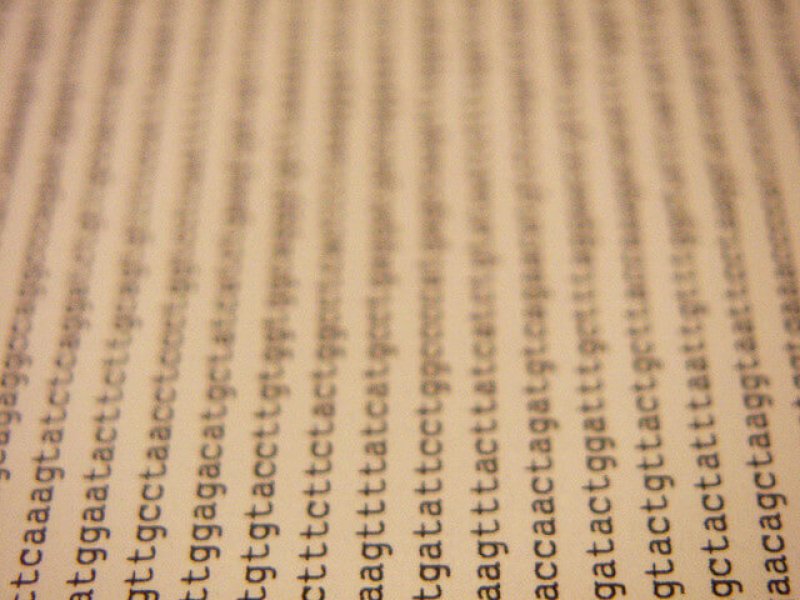One of the things I (and probably almost anyone) do when reading a paper on population genetics which disaggregates the sample set into discrete elements is look at the number of individuals within each group.
Not only is sample size important, but so is provenance. Brazilians sampled from Rio Grande do Sul are going to be different from those sampled from Bahia. The same worry applies to Han Chinese (e.g., Guangdong vs. Hunan), but to a far lesser extent in terms of magnitude.
This came to mind when reading A Genetic Atlas of Human Admixture History, a paper by Hellenthal et al. which showcases the power of modern statistical genetic inference in outlining the dynamics of historical demography.
Read the full, original story: In Praise of the Human Genetic Diversity Project
Additional Resources:































